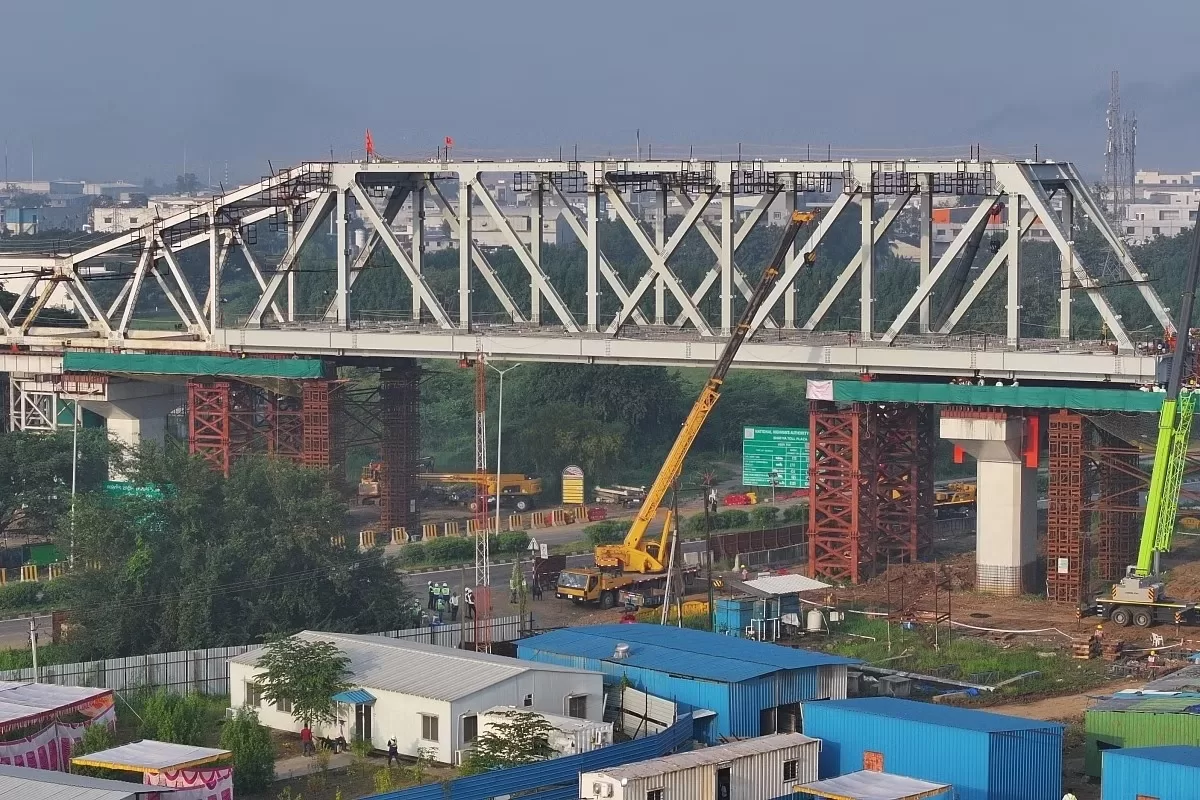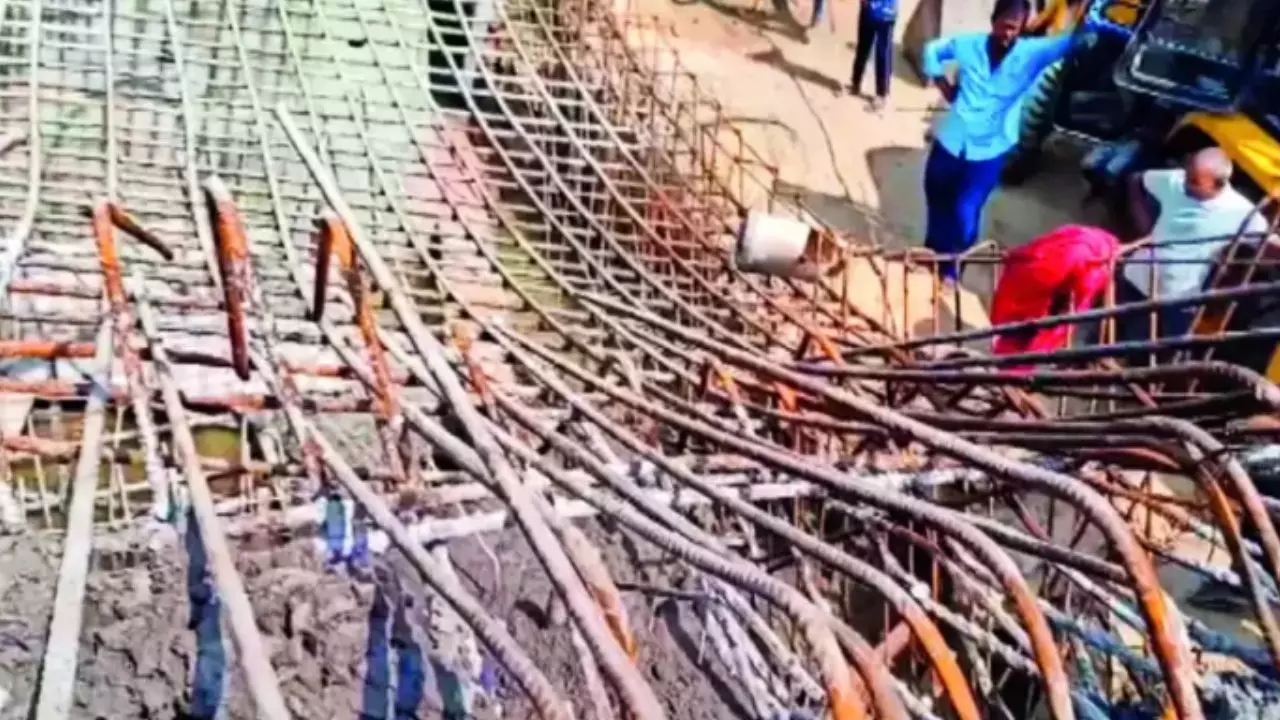Mumbai-Ahmedabad Bullet Train Project Makes Progress with Inaugural Steel Bridge Achievement
A major achievement for the National High-Speed Rail Corporation Limited (NHSRCL) was the successful installation of the inaugural 70-meter steel bridge over National Highway 53 in Surat, marking the initial phase of the Mumbai-Ahmedabad High-Speed Rail Corridor (MAHSRC) construction. This ambitious project involves the construction of 28 steel bridges, requiring approximately 70,000 metric tons of specialized steel. These bridges will have varying span lengths, from 60 meters with simple support to an impressive 230 meters, which includes a 130 + 100-meter continuous span design.
In a conversation with ANI regarding the bridge construction, Satyaprakash Mittal, the Chief Project Manager of MAHSRC, emphasized the remarkable achievement of fabricating these steel bridges, showcasing India’s advancing technical and material capabilities. This endeavor aligns with the ‘Make-in-India’ initiative by blending Japanese expertise with local resources, demonstrating India’s proficiency in constructing steel bridges capable of supporting Shinkansen Bullet trains that can reach speeds of up to 320 kilometers per hour.
Mittal went on to elaborate that the assembly process required meticulous planning and precision. The steel structure, consisting of nearly 700 components and weighing 673 metric tonnes, was transported over a distance of 1200 kilometers from the Hapur district near Delhi to the installation site. Once at the workshop, the steel structure was carefully loaded onto trailers and transported to the installation site.
On-site, the construction process involved assembling the steel bridge, which stood at a height of 12 to 14 meters, atop piers ranging from 10 to 12 meters in height. Subsequently, the launching nose, weighing approximately 200 metric tons, was combined with the main bridge assembly. This intricate operation required meticulous attention and expertise. The Bridge Assembly was then carefully maneuvered to its intended span using a specially designed pulling arrangement, all while ensuring a complete traffic block on National Highway.
Importantly, it’s worth noting that each production batch of steel underwent Ultrasonic Testing (UT) at the manufacturer’s facilities to ensure quality and safety.
The fabrication process encompassed a series of tasks, including cutting, drilling, welding, and the application of a five-layered painting technique that adhered to the Japan Road Association’s “Handbook for Corrosion Protection of Steel Road Bridges.”
This achievement establishes a remarkable milestone in India’s high-speed rail corridor construction, ushering the nation into a new era of state-of-the-art infrastructure development.
Established on February 12, 2016, under the Companies Act, 2013, the National High-Speed Rail Corporation Limited (NHSRCL) was formed with the primary purpose of funding, building, maintaining, and overseeing the High-Speed Rail Corridor within India.
NHSRCL has been structured as a ‘Special Purpose Vehicle,’ operating within a joint sector framework, with equity participation from the Central Government through the Ministry of Railways, as well as two State Governments, namely the Government of Gujarat and the Government of Maharashtra.





